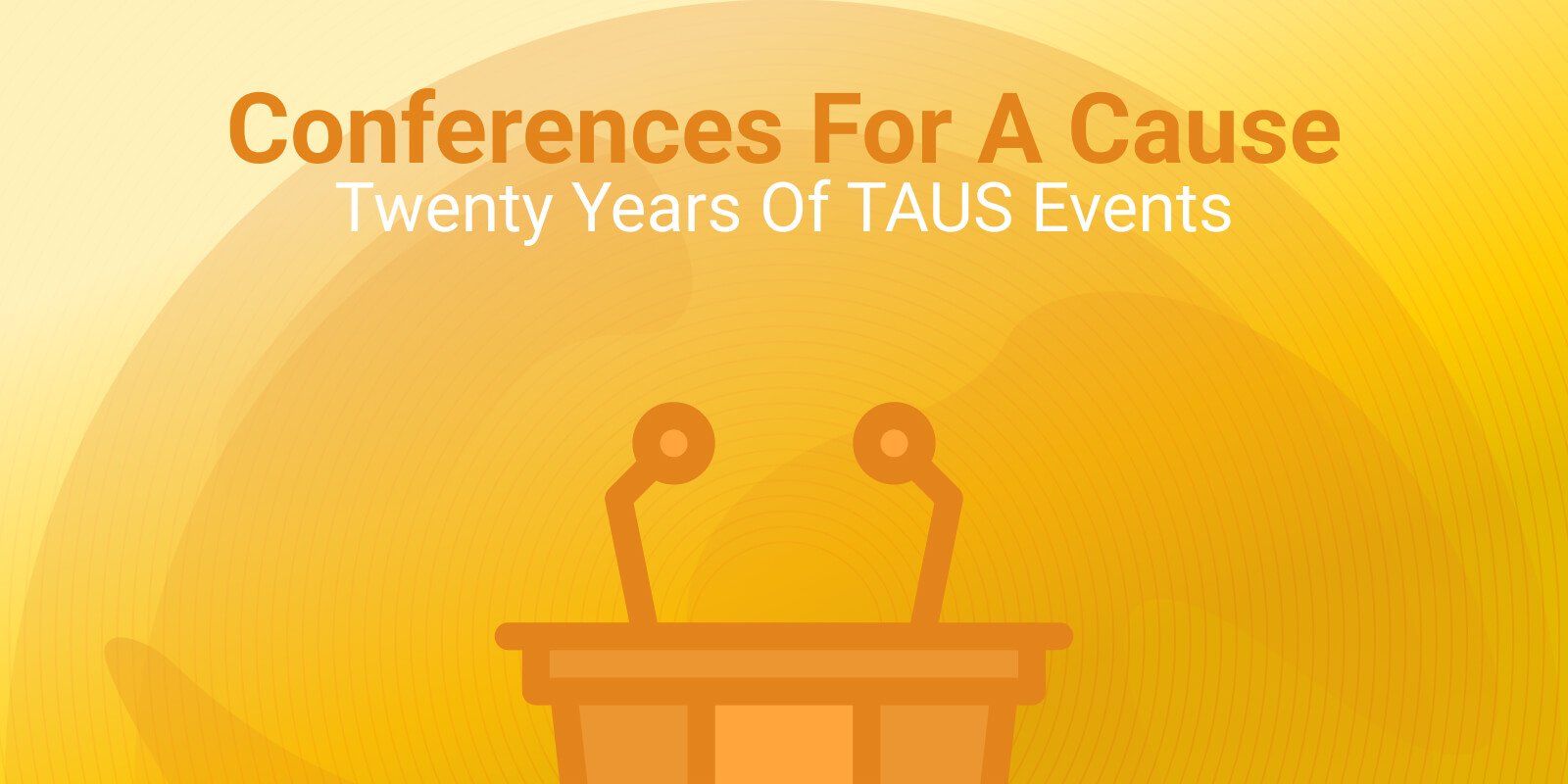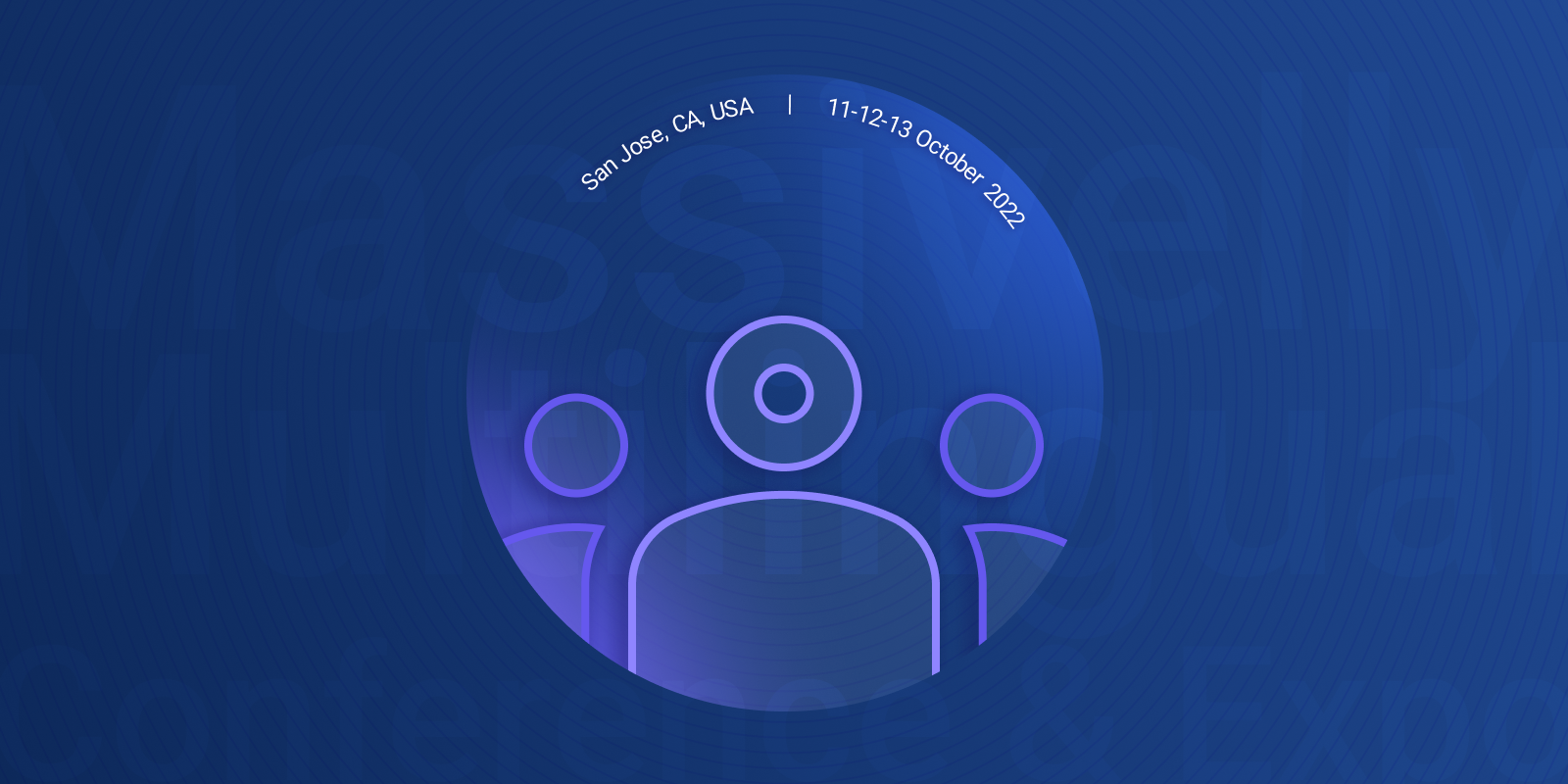First Time Ever: Live Automatic Interpretation on the TAUS Stage

For the first time ever, the live automatic interpretation powered by Microsoft will be on the TAUS Stage. Mark Seligman tells us all about that and what else is on his agenda.

Dr. Mark Seligman is founder, President, and CEO of Spoken Translation, Inc. His early research concerned automatic generation of multi-paragraph discourses, inheritance-based grammars, and automatic grammar induction. During the 1980’s, he was the founding software trainer at IntelliCorp, Inc., a forefront developer of artificial intelligence programming tools. His research associations include ATR Institute International near Kyoto, where he studied numerous aspects of speech-to-speech translation; GETA (the Groupe d’Étude pour la Traduction Automatique) at the Université Joseph Fourier in Grenoble, France; and DFKI (Deutsches Forschungszentrum für Künstliche Intelligenz) in Saarbrücken, Germany. In the late 1990s’, he was Publications Manager at Inxight Software, Inc., commercializing linguistic and visualization programs developed at PARC. In 1997 and 1998, in cooperation with CompuServe, Inc., he organized the first speech translation system demonstrating broad coverage with acceptable quality. He established Spoken Translation, Inc. in 2002.
 by Şölen Aslan
by Şölen Aslan



